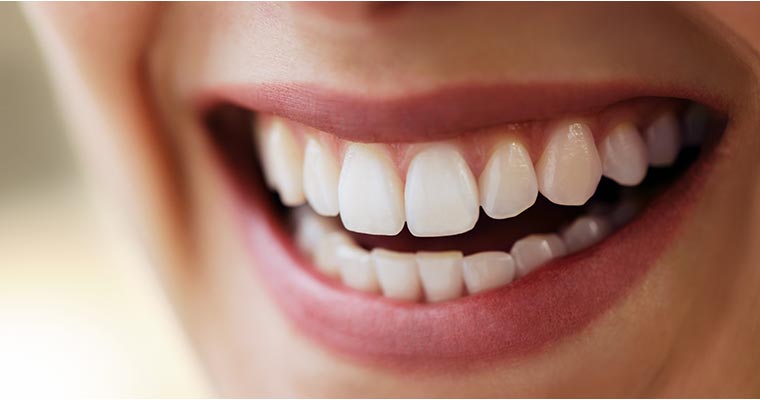Full Mouth Rehabilitation
WHAT IS FULL MOUTH REHABILITATION?
Full mouth rehabilitation is the use of a combination of restorative dental treatments used to fix or completely rebuild a smile. Also called full mouth restoration, this method of dental treatment often involves the rebuilding of all teeth on both your upper and lower jaw. With the use of these dental treatments, patients will achieve a picture-perfect smile that is also healthy. Full mouth rehabilitation will not only help you enjoy smiling again, but it will also strengthen oral tissues, tooth structure, and your overall oral health.
WHO NEEDS FULL MOUTH REHABILITATION?
Full mouth rehabilitation may be a necessity for persons who have attained extensive damage on their permanent adult teeth. Extensive damage can occur from decay, chipped teeth, missing teeth, gaps, discoloration, cracked surfaces, or disease going on for a long time without proper treatment.

In most cases, a tooth filling or dental crown can restore the health of a single afflicted tooth. However, if a patient has numerous problems with a large majority of their teeth that have been overlooked, restorative dentistry is often the recommended route. You may currently use false teeth that may correct issues with a few missing teeth – but full mouth rehabilitation might be a required treatment option to correct more extensive issues that can possibly affect your entire mouth.
The Reason for Restoration Dentistry
Dental restoration is not just an option; it’s a necessity, since your teeth cannot recover from damage or infection on their own. A chipped edge, a cracked surface, or even a minor cavity will pose a significant threat to your oral health if allowed to grow worse through lack of treatment.
In many cases, a tooth filling or dental crown may be able to restore a single afflicted tooth. However, many patients exhibit a number of problems with more than one tooth, and/or the gum tissues around them. Restorative dentistry is designed to restore your smile’s good health; when that requires more than a single procedure, full mouth reconstruction may be the answer.
Procedures Involved in Dental Reconstruction
The first step your dentist will take will be to perform a full exam on your mouth. He or she will inspect the current condition of your teeth. Each plan differs depending on your goals and budget.
However, there are several common procedures involved in teeth reconstruction. Let’s take a look at them now.
- Bruxism Treatments
Bruxism treatments are advised to help patients who struggle with teeth grinding and their associated symptoms.
- Cosmetic Dentistry
Cosmetic dentistry procedures are very common with teeth restoration efforts. Your dentist may advise you to get porcelain veneers, your teeth whitened, dental bonding, and/or gum re-contouring. This will ensure your teeth and gums are healthy and you end up with a beautiful smile.
If you have missing teeth, your dentist will advise you to get implants . They’ll replicate your tooth from root to crown and no one will know the implants aren’t real teeth.
- Neuromuscular Dentistry/TMD Treatments
Neuromuscular dentistry/TMD treatment helps address problems involving TMJ or temporomandibular joints and your bite. Not addressing an off-balance bite can lead to pain and problems with your teeth in the future.
- Oral Surgeries
You may require oral surgery as part of your dental reconstruction. Your surgery may include root canal therapy, soft and hard tissue grafting, and tooth extractions.
Orthodontics may also be advised for patients with misaligned teeth. That may include strategies such as Invisalign or traditional metal braces, expanders, spacers, and retainers.
And periodontal treatments may be part of your teeth restoration efforts. Periodontal surgery, root planing, and scaling are not uncommon procedures.
Full Mouth Reconstruction vs. Smile Makeover
How does full mouth reconstruction differ from smile makeover? A smile makeover is something that you elect to have performed, while a full mouth reconstruction is something that you need.
As the makers of dental materials respond to increasing consumer demands for beautiful, natural-looking dentistry, it is becoming hard to draw a line between purely “cosmetic” (such as elective) dentistry and “restorative” (necessary) dentistry. For example, it is now possible for your dentist to treat tooth decay with a tooth-like filling material that looks natural. If you need reconstruction, the materials available today make it possible for your dentist to provide you with durable, functional and clinically sound treatments that also look natural.
It is also important to note that a smile makeover – though performed primarily to improve the esthetic appearance of the smile – requires the use of clinically proven dental materials and treatment techniques, as well as exceptional knowledge, training and skill on the part of the dentist. Many of the same techniques and equipment used for full mouth reconstruction are also used to ensure the success and long-term stability of smile makeover treatments.
